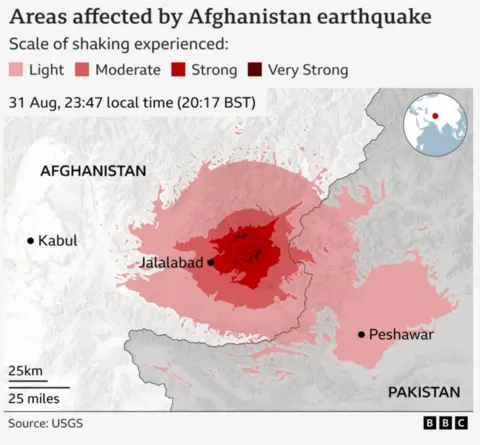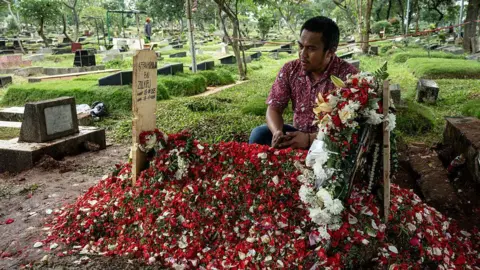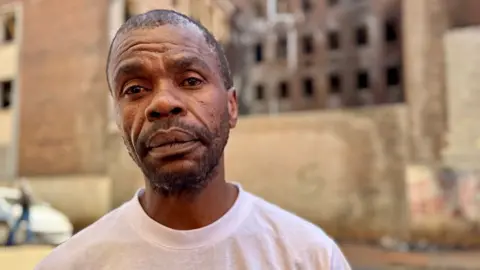In April 1945, as British and Canadian troops approached the Bergen-Belsen concentration camp, they were unprepared for the harrowing sight that awaited them. Reports of its horrors had circulated, but it wasn't until liberation that the full scope of the tragedy was unveiled, revealing a scene of profound human suffering and loss. The soldiers discovered around 13,000 unburied corpses among 60,000 frail survivors, a staggering testament to the brutality and neglect that prevailed in the camp.
To honor this grim history, more than a thousand survivors and family members gathered for memorials on the 80th anniversary of Bergen-Belsen's liberation. One British soldier, Michael Bentine, later expressed that Belsen represented "the ultimate blasphemy," a sentiment shared by many who witnessed the aftermath of the Nazis' actions.
Richard Dimbleby was the first journalist to report from the camp after its liberation, famously stating that "this day at Belsen was the most horrible of my life." Unlike other camps that were destroyed or evacuated as the war progressed, Belsen remained, with its evidence intact for the world to confront. Here, stories entwined—of victims, witnesses, and perpetrators intertwined in a narrative of horror.
Bergen-Belsen became a holding ground for many who had survived other camps, but overcrowding led to rampant disease and starvation. As the war neared its end, more than 500 people died daily from malnutrition, dysentery, and typhus, underscoring that even without gas chambers, thousands perished due to Nazi negligence and incompetence. Tragically, notable victims, including Anne Frank and her sister Margot, succumbed to the devastating conditions just weeks before liberation.
In total, between January and April 1945, as many as 70,000 people died at Belsen, primarily Jewish individuals, along with Soviet POWs and others targeted by the regime. Despite being liberated, many prisoners, overwhelmed by rich food provided by well-meaning medics, could not survive, resulting in additional deaths.
Among the attendees of Sunday’s memorial were descendants of British Jews who played roles in the war. The event, organized by Ajex, the Jewish Military Association, included wreath-laying ceremonies and prayers led by dignitaries, including UK Chief Rabbi Sir Ephraim Mirvis.
Lying within the serene landscape of Lower Saxony, the remnants of the camp have been largely erased by fire, a decision made by British troops to prevent disease spread. Today, only a visitor center and a few memorial stones remain, haunting reminders of the past. One stone bears the inscription: "Hier ruhen 5,000 toten - here rest 5,000 dead," marking only a fraction of those lost to the horrors of Bergen-Belsen.





















